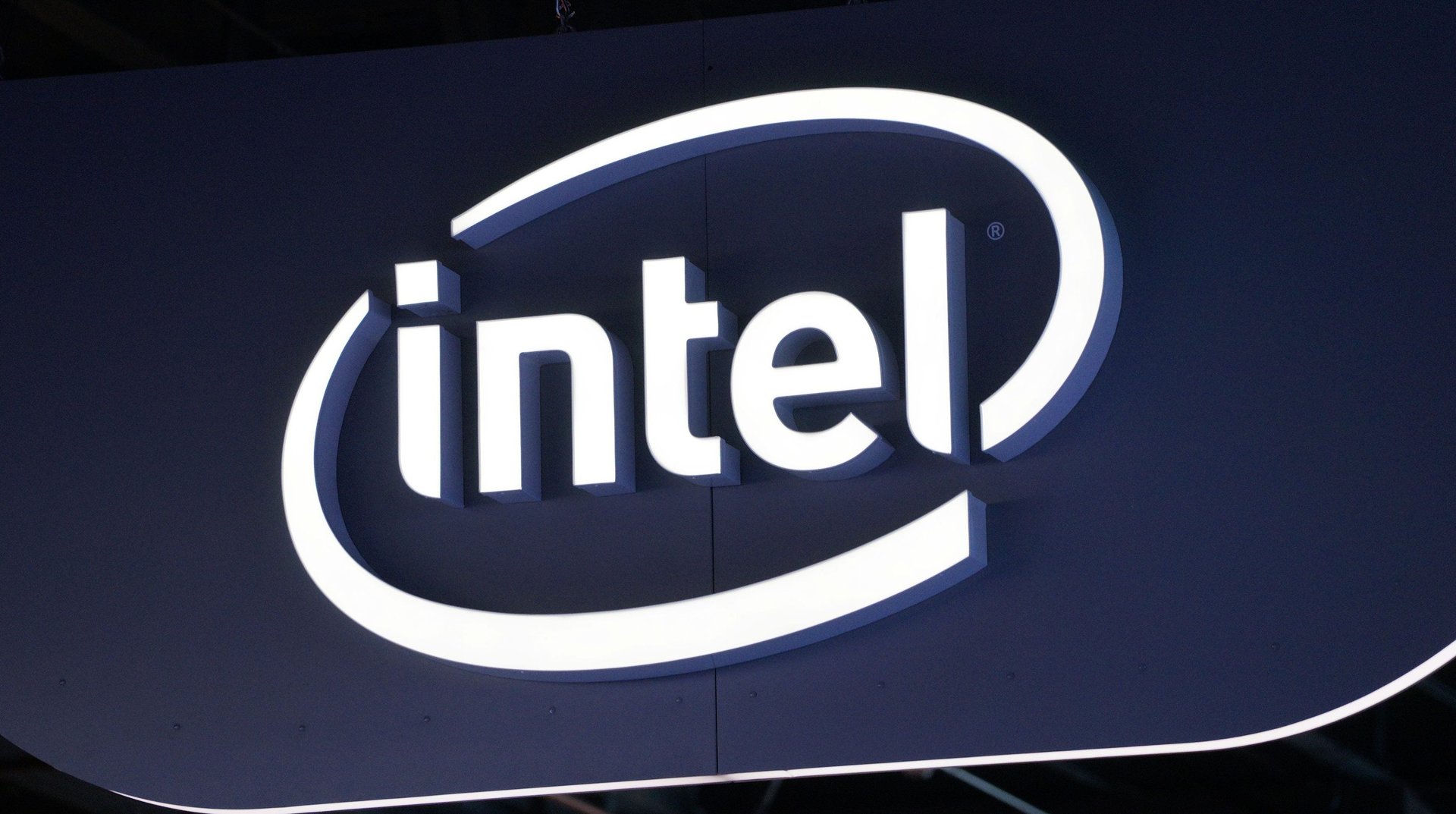Intel is cutting 11% of its workforce—and finally getting real about the PC business
The global PC market has been collapsing, and it is probably never coming back. Intel has finally admitted as much.


The global PC market has been collapsing, and it is probably never coming back. Intel has finally admitted as much.
The company announced today that it would cut as many as 12,000 positions globally (approximately 11% of its workforce) by mid-2017, and refocus the company away from money-losing PC chip manufacturing and toward more promising markets like enterprise data centers and industrial applications. The stock dropped more than 3% in after-hours trading following the announcement before rebounding a bit.
Intel said in a statement the cuts will save $1.4 billion annually by mid-2017, allowing it to ”accelerate its evolution from a PC company to one that powers the cloud and billions of smart, connected computing devices.” Data centers and Internet of Things (IoT) businesses earned most of the company’s profit, and 40% of its revenue, delivering $2.2 billion in revenue growth last year, it said.
The need for a massive restructuring follows a series of bad calls. The company sat out the mobile revolution after building mobile chip lines for RIM’s BlackBerry in 1999, and then the Palm Treo in 2004. Intel then passed on Apple’s offer to build chips for the iPhone in 2006 over profitability worries. That drove Apple to ARM, now the dominant mobile chip maker and one of Intel’s biggest competitors. Later, its attempt to sell high-end “ultrabooks” with Microsoft—basically expensive notebooks to rival the Macbook Air—failed to take off. It didn’t try to regain its foothold in the mobile market until 2014.
Instead, Intel bet on its core business: high-end, expensive chips for PCs. It dominated that industry for 20 years by running a profitable duopoly with Microsoft, supplying chips for Windows PCs. The company also invested heavily in multi-billion dollar factories and new designs that ensured it was always 12 to 24 months ahead of the rest of the competition.
That competitive advantage no longer exists. Mobile devices are dominating new device sales, and PC sales just saw one of its worst quarters yet with a 9.6% drop in the first three months of 2016, reports Gartner. While competitors such as NVIDIA, Samsung and Apple are designing simple, low-cost chips, slicing profit margins in the industry, Intel is saddled with enormous manufacturing costs and a slowing R&D cycle that requires 2.5 years to update designs, up from two years not long ago, CEO Brian Krzanich said last year.